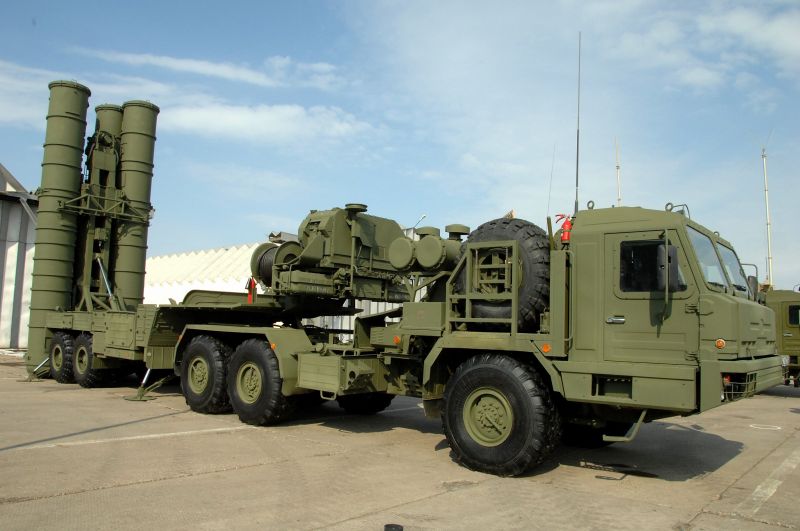AK-103 JV – a prudent deal
By Team IDI

Indian forces including its local armed police, central police forces, paramilitary and armed forces, all require modern assault rifle and carbines as India is facing various security challenges including urban and low-intensity insurgencies. India which is currently purchasing small arms, of all kinds in large numbers, has yet to achieve self-sufficiency in guns manufacturing. India is currently pursuing various tenders for different types of guns. One of the major tenders is where India is looking for 6, 50,000 assault rifles of 7.62x39 calibre under ‘Buy & Make (Indian)’ with ‘Buy’ component as ‘Nil’ which means they are supposed to be manufactured in India.
The tender which was sent on August 31 was supposed to close on September 20 has been extended to October 7. As per the tender requirements Russian AK-103 best suits the bill.
One must not also forget that India, probably, has all kinds of guns in the inventory of its forces. The state police commando and other armed police forces have bought various kinds of guns which uses a variety of bullets and add-ons like night and targeting sights etc which are non-interoperable. This can be a nightmare during any multi-agency operations. There is an urgent need for standardisation of standard issues for Indian forces. Since India is witnessing expansion in all kinds of forces, it would be prudent that India has its own gun system to equip them otherwise each force will end up importing weapons. This will worsen the situation.
Responding to the requirement, India and Russia are expected to sign the Intergovernmental Agreement (IGA) to establish a joint venture (JV) to manufacture Russian AK-103 here in India under a co-production and co-development mandate. The agreement is expected to allow 100 per cent indigenisation and production. The agreement will also provide for future development and export to any common friendly country. The IGA, as reported earlier, is expected to be signed during the Russian President Vladimir Putin’s visit to India for annual summit with Indian Prime Minister Narendra Modi on October 5.
The AK-103 JV has the potential to provide the all-important technical knowledge to the Indian partner for entering into the gun market of future. This is much better than any off the shelf purchase.
India is currently fiercely debating the various facets of defence contracts and their pros and cons. In such an environment, this JV is an answer to many of those questions. The high cost of defence equipment also demands common technology and components in hardware which calls for a family of weapon systems. This is where the Ak-103 deal works the best.
There are two ways by India can pursue AK-103 either through the license production or joint production. Both have its own sets of pros and cons but one thing is sure that they are better than the off the shelf purchase of guns which India has been doing till date. Currently, India is purchasing (off the shelf) over 70,000 assault rifles through fast-track procedure.
Like all hardware, handguns or small arms which include assault rifles, carbines, light machine guns, sniper rifles etc all needs to come from the same family. Mostly, the Assault rifle, carbines come to belong to a family. India too tried a hand at developing small arms under INSAS programme where it has an INSAS rifle, LMG and carbine. The rifle is moderately successful and the carbine did not work out.
This left India with no choice to go out looking for a gun. The AK-103 will solve the problem pretty well. For the start, India will get the complete technology of manufacturing and development of AK-103 which will bring Ordnance Factory Board (OFB) to a certain level where it will have the requisite know-how and know why of a modern assault rifle. This will be the bedrock of the future development and self-reliance in the assault rifle segment. Moreover, as the assault rifles are the basis of a carbine, self-reliance in assault rifle will allow OFB to develop a next-generation carbine for Indian forces.
Once technology absorption is complete, India can look towards co-developing India specific small arms with Russia. The large combined market of the two countries would make any future gun development programme financially viable.
Whether it is license production or joint venture, India must decide as early as possible, as the date for the tender is expiring on October 7. India should not continue with the policy of extending deadlines and discussing things for very long. An early decision will set the ball rolling and will also end the confusion in the minds of the contenders. It is important to set the path of indigenisation in small arms quickly. We can’t afford to delay.




